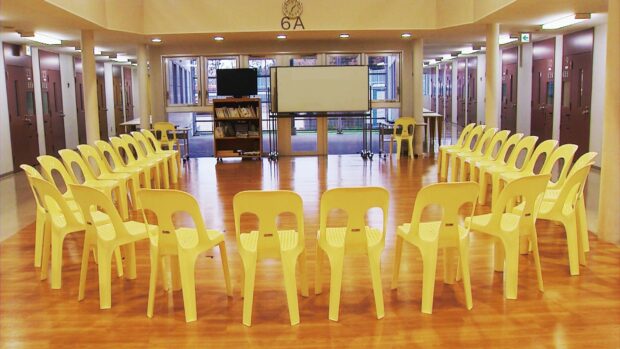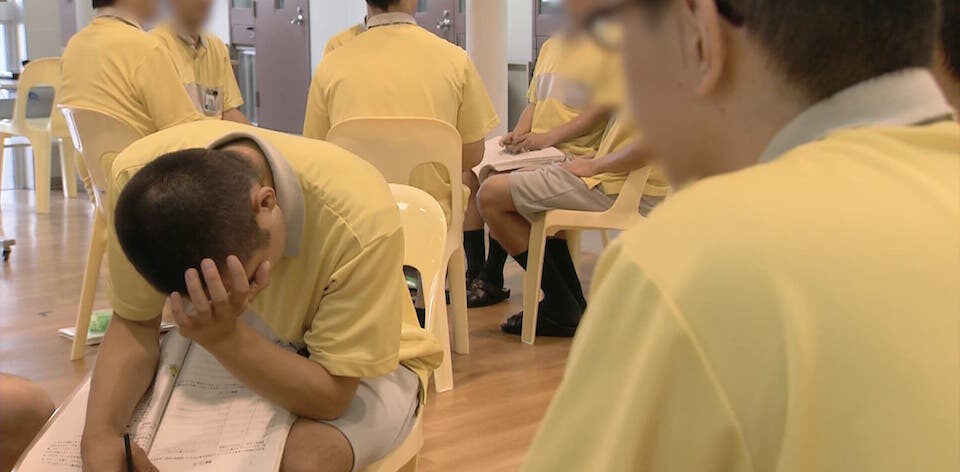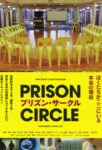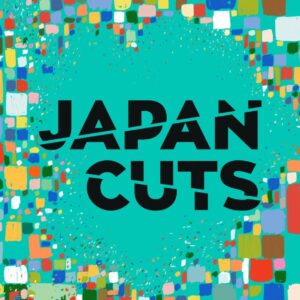While working within a law faculty, an academic introduced me to Masayuki Suo’s I Just Didn’t Do It as a way of examining aspects of the Japanese legal system. It depicted a Kafka-esque struggle over five years, and an institution that had little sense of presumptive innocence.
Cut to this polar opposite documentary from Kaori Sakagami, a film that gets a fairly unprecedented look at a penal system built around rehabilitation and mutual understanding. It’s not until you start watching this film that you realise how little the Japanese prison has been explored outside of fiction.
Filmmaker Kaori Sakagami has spent decades making documentaries, including several about prison systems. In addition to Lifers: Reaching for Life Beyond the Walls, she’s also made Talk Back Out Loud, a film about incarcerated women living with HIV/AIDS in the US. Her most controversial piece was for an NHK program on Women’s International War Crimes Tribunal on Japan’s Military Sexual Slavery, one that was heavily censored on release.

So, in preparing for PRISON CIRCLE (プリズン・サークル), Sakagami spent six years seeking permission from authorities to get inside this unique environment. The Shimane Asahi Rehabilitation Program Centre aims to “prevent reoffending by the prisoners…by taking many diverse initiatives.” One such program is the titular talking circle where prisoners get a chance to discuss the impact of their crimes from the perspective of their victims.
Always accompanied by several guards, some of the limitations imposed on Sakagami and her crew are evident. While the prisoners are allowed some freedoms not given to higher security offenders, such as the ability to walk around unaccompanied, there’s always a sterile environment to conted with. Even the meals are delivered by an automated delivery robot. Nevertheless, Sakagami uses this to keep an arm’s length observational approach, one that also allows the four central players their own voices.
To get around some of the restrictions on filming, Sakagami uses sand-based animation to flash back to their former lives. Seeing the impact of the crimes, sometimes for the first time, leads to some disarmingly honest revelations from the observed. “I always feel ashamed of myself because there is nothing I do right,” says one inmate. At another juncture, one’s heart pangs on the comment “I have a thirst to be hugged.”
On the other end of the scale, another prisoner ponders whether any of it works. “Cut, boil and done,” he laments. “Am I really recovering through this?” Sakagami partly answers that question by visiting some ex-cons who have gone through the program. Yet perhaps it’s an inmate only identified as ‘Ken’ who says it best: “For the first time in my life, I truly feel a joy to live.”
2020 | Japan| DIRECTOR: Kaori Sakagami | WRITER: Kaori Sakagami| DISTRIBUTOR: JAPAN CUTS (US) | RUNNING TIME: 136 minutes | RELEASE DATE: 17-30 July 2020 (JAPAN CUTS)






